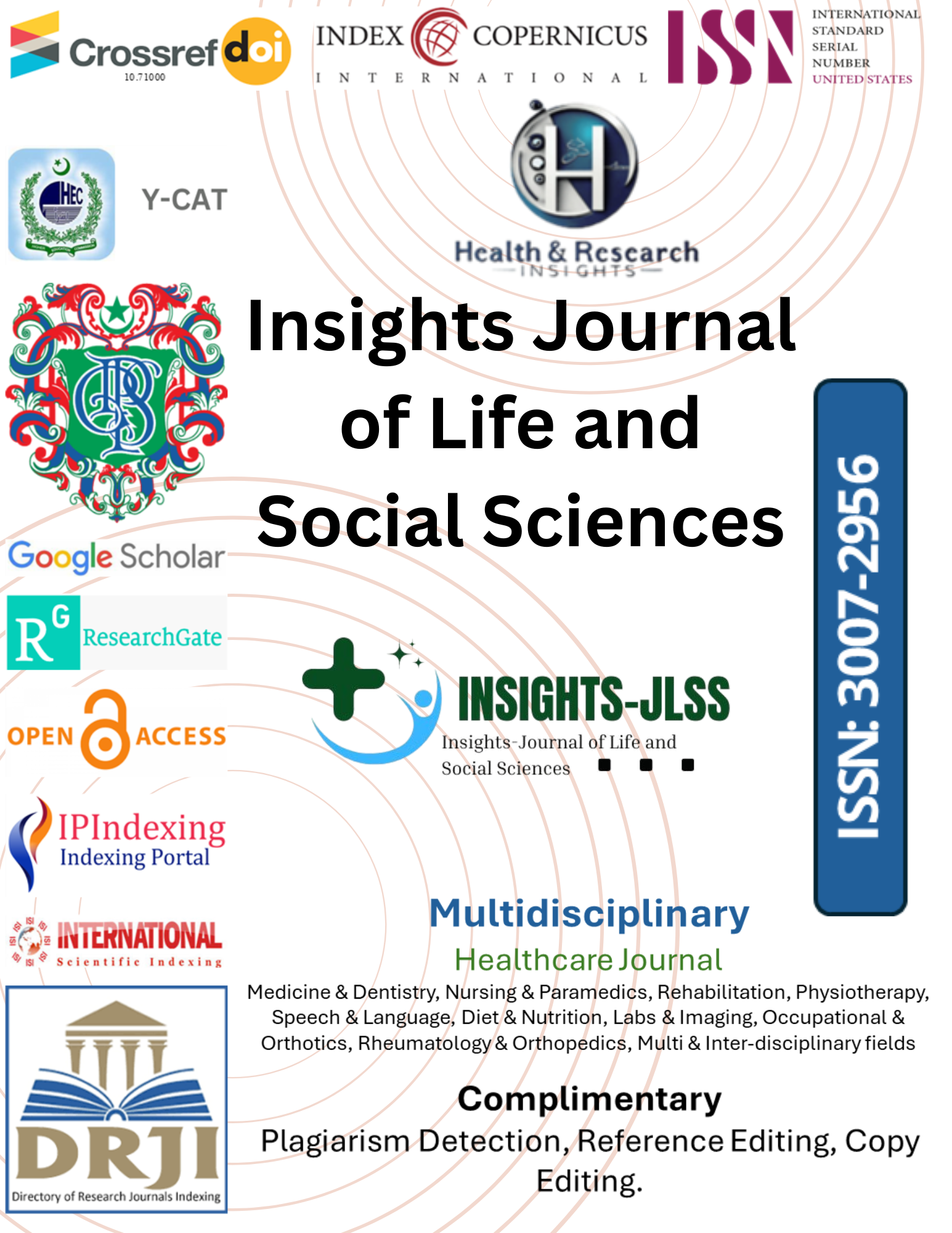EFFECTIVENESS OF IRON SUPPLEMENTATION STRATEGIES FOR MANAGING ANEMIA IN ADOLESCENTSA Systematic Review
Main Article Content
Abstract
Background: Iron-deficiency anemia is a widespread health issue among adolescents, adversely affecting growth, cognitive development, and academic performance. Despite the availability of various iron supplementation strategies—oral iron, intravenous (IV) iron, and food fortification—their comparative effectiveness in adolescents remains poorly understood. Existing literature primarily focuses on children and pregnant women, leaving a gap in adolescent-specific evidence to guide clinical and public health interventions.
Objective: This systematic review aimed to compare the effectiveness of oral iron supplementation, intravenous iron therapy, and iron food fortification in treating anemia among adolescents aged 10–19 years.
Methods: A systematic review was conducted according to PRISMA guidelines. Comprehensive searches were performed across PubMed, Scopus, Web of Science, and the Cochrane Library for studies published between 2018 and 2024. Eligible studies included randomized controlled trials, cohort studies, and quasi-experimental designs that assessed hematological outcomes in anemic adolescents. Data extraction was conducted using standardized forms, and risk of bias was evaluated using the Cochrane Risk of Bias Tool and Newcastle-Ottawa Scale. A qualitative synthesis of outcomes was performed due to heterogeneity in study designs and interventions.
Results: Eight studies with a total of 3,186 participants were included. IV iron showed the most rapid and significant improvement in hemoglobin and ferritin levels (mean Hb increase up to 3.8 g/dL, p < 0.001), with fewer adherence issues compared to oral iron. Oral iron was effective but associated with gastrointestinal side effects, while food fortification produced modest improvements with high compliance and public health feasibility. Study quality ranged from moderate to high.
Conclusion: All three supplementation strategies were effective in treating adolescent anemia, with intravenous iron offering the most potent hematologic response. Oral iron remains a practical option but requires adherence-enhancing strategies, whereas food fortification holds promise for scalable prevention. Further large-scale, standardized trials are warranted to refine treatment guidelines and assess long-term outcomes.
Article Details

This work is licensed under a Creative Commons Attribution-NonCommercial-NoDerivatives 4.0 International License.
